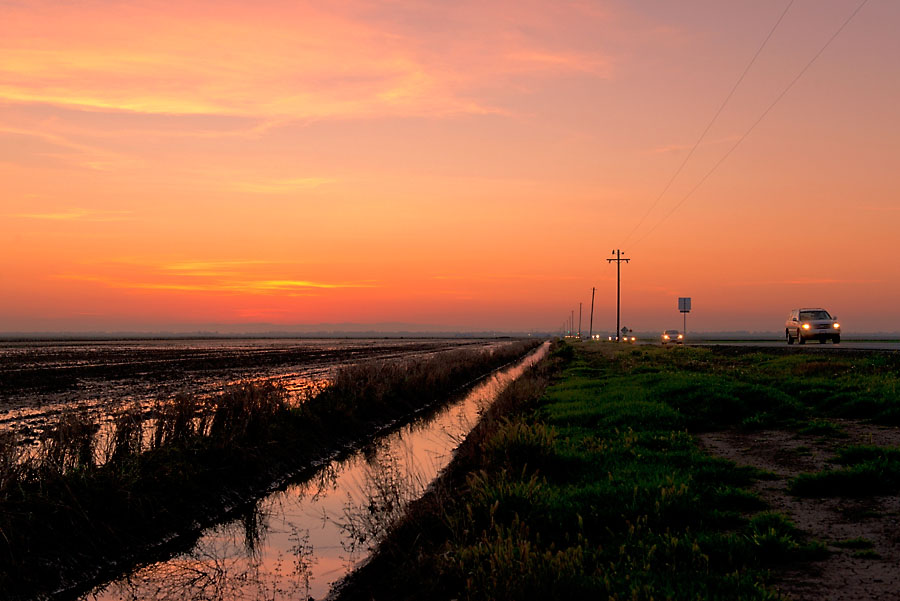A recent study conducted by scientists with University of California, Davis and the University of California Cooperative Extension investigated the value deliberate winter flooding of fields during rainy years would have in recharging groundwater in California. According to the study, areas of open land that can be dedicated to groundwater recharge are scarce, but “Flooding agricultural land during fallow or dormant periods has the potential to increase groundwater recharge substantially….”

Photo Brian Baer
The study area included over 17.5 million acres of agricultural land. The modeling conducted in the study determined that approximately 3.2 million acres, or 18% of the study area, contained “Excellent or Good” soil types for recharge. Areas that showed exceptional promise included “sandy floodplains of rivers and streams, especially along the Sacramento and Feather rivers.”
The next iteration of the study is looking at how much water might be recharged, what kinds of fields are ideal for facilitating recharge as well as the infrastructure, policy and institutional barriers to implementing a large-scale agricultural lands recharge program. This work is expected to be completed later this year.
In the Sacramento Valley, water resources managers are exploring many creative ways to sustainably manage groundwater resources, including more concerted efforts for recharge as suggested by this study. The Legislature last year stated its intent “to increase groundwater storage and remove impediments to recharge.” This study can help advance this desire by the legislature.
For more detail on the current study, visit: californiaagriculture.ucanr.edu.



